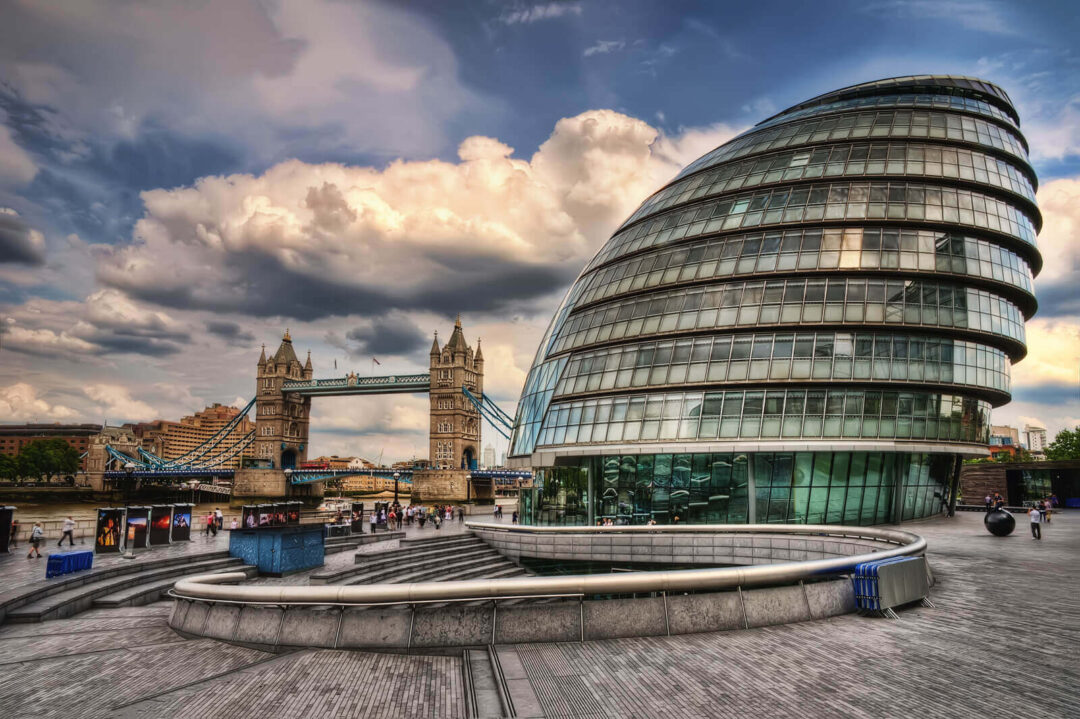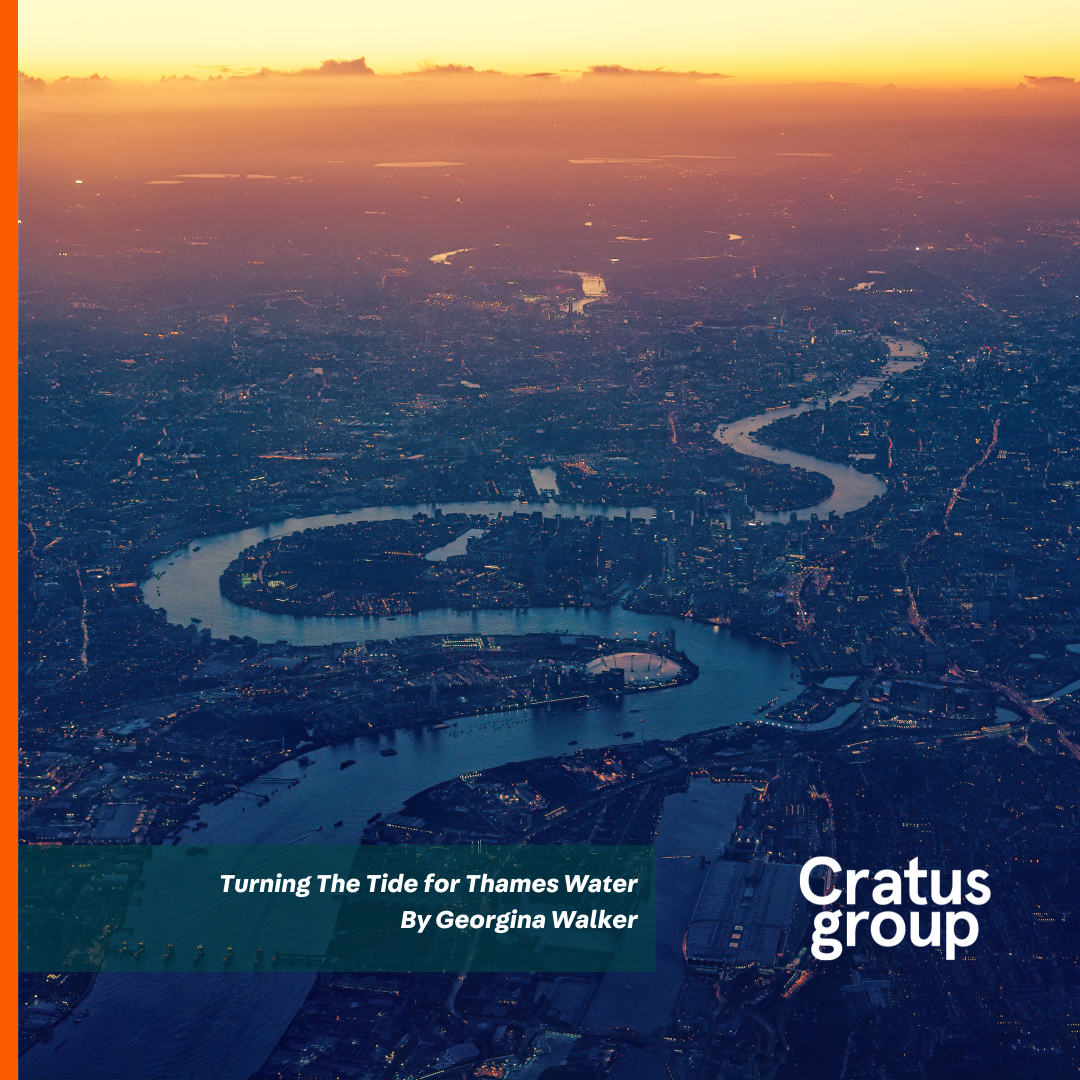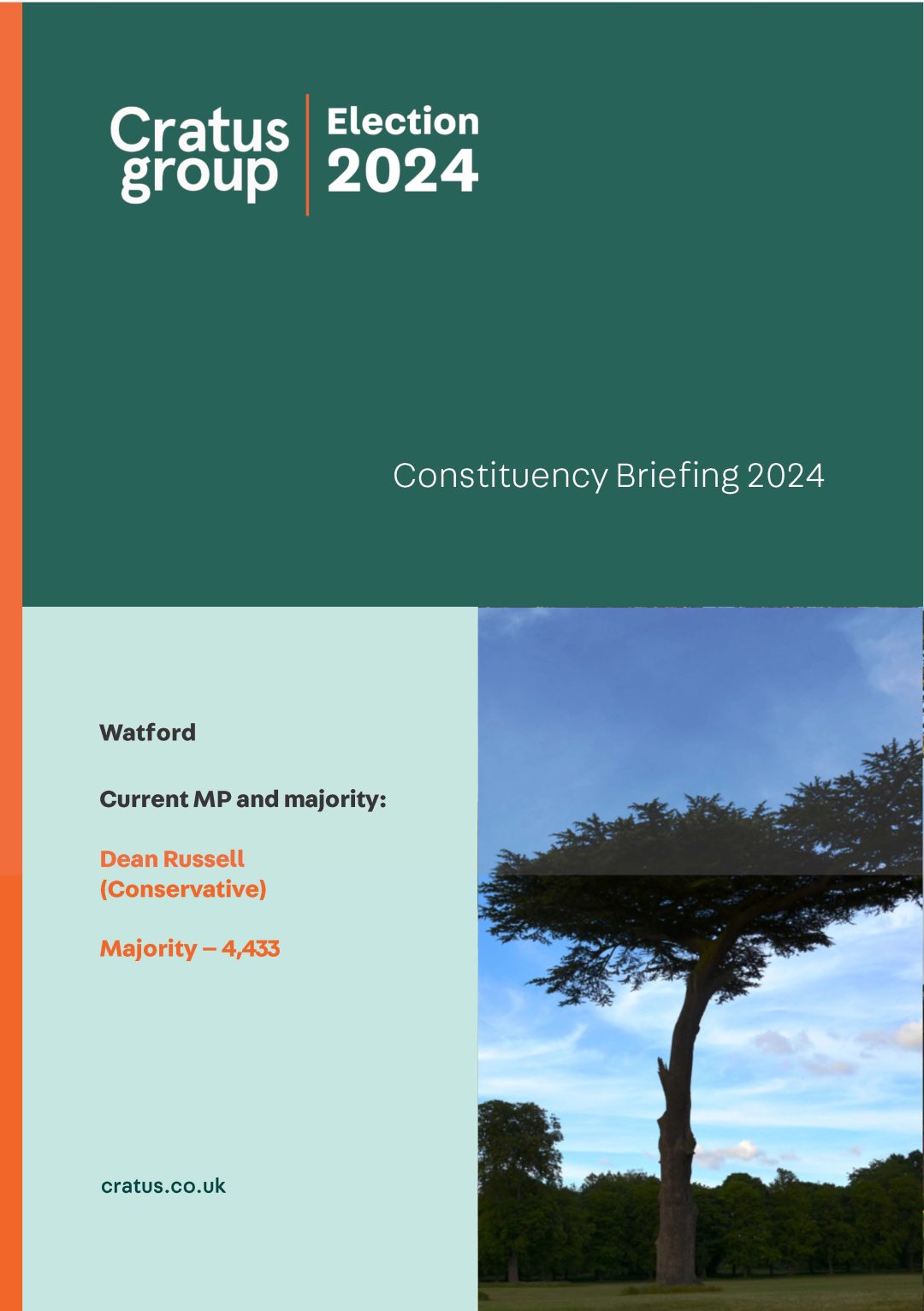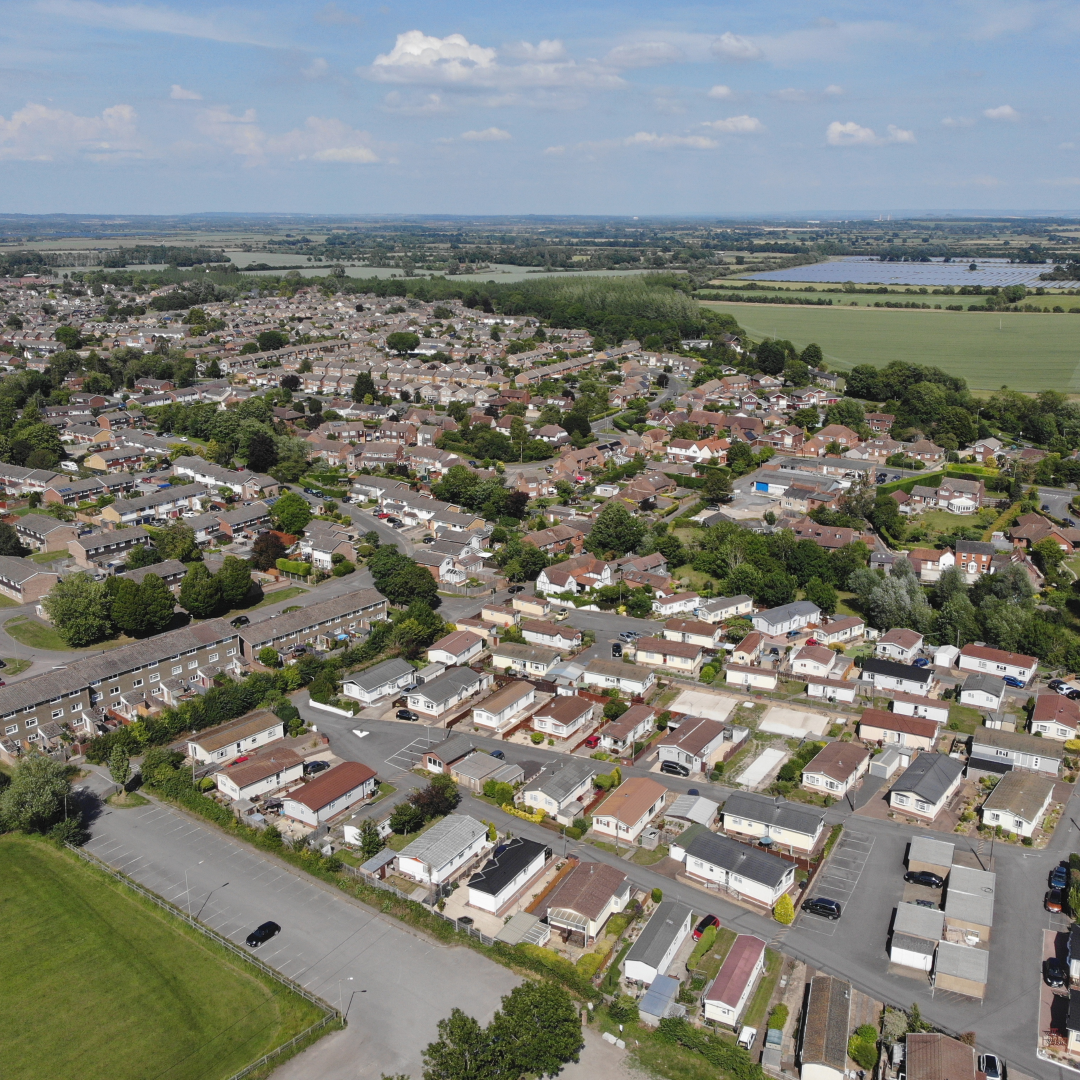An insight from: Cllr Danny Beales, Cabinet Member for Investing in Communities and an Inclusive Economy, Camden Council.
Think of the word ‘housebuilding’, and what springs to mind? House prices, developers, land availability, construction, even Brexit. In all likelihood, local councils would be low down on your list – other than regular government-administered admonishments about the planning system.
But over the last decade, a quiet revolution has taken place.
Housing delivery over the last 50 years shows that the private sector has managed to achieve consistent levels of building nationally: bar some minor blips, its level has remained remarkably consistent.
So what lies at the root of the UK’s housing crisis, in which demand constantly far outstrips supply, and declining overall housing delivery? The answer is the shrunken role of the public sector as housebuilder since the 1980s. Combined with the loss of council housing through the right-to-buy, an affordability crisis in housing has grown increasingly acute.
But, slowly but surely, local authorities have once again stepped in upped their own funded programmes of housebuilding. In the longer view, this is nothing new: 2019 marks 100 years since the Addison Act, which laid the ground, almost literally, for the first municipal council housebuilding, removing slums across the country.
Crucially, the role of the local government then, as now, is to act where the market will cannot or will not. We are not just providing units and seeking to meet housing targets. These are homes: lifelines for families and crucial to the economic and social wellbeing of our cities.
At Camden Council, our £1.3bn Community Investment Programme has allowed us to fund and directly manage a homebuilding programme that has provided 15% of total homes built in the last 3 years in the borough.
We have delivered 351 new family council homes, 70 living rent homes, as well as replacement homes for those lost to the bulldozers of High Speed Two. If all goes to plan, in the next 4 years we will exceed this figure – and aim in total to provide over 1,100 new council rent homes.
These means thousands of people lifted out of overcrowded, unsuitable homes – making inroads into the 6,000-family waiting list of homes in the borough.
The case for municipal government actively building home once more be a given. We are back, building again, and in increasing numbers.
But we are still not able to build to our full potential. How can we accelerate delivery from tens of thousands currently to the hundreds of thousands we know we need nationally? There are five steps we must urgently take:
- End the right to buy – or, at the very least, giving councils the full proceeds to spend on replacement homes, and ensuring the money goes back into building.
- Dismantle the current array of artificial restrictions that stop councils combining forms of grant to build new homes.
- Give councils powers to prevent landbanking, and enabling them to assemble sites together and CPO land more easily.
- Redesignate council housing as vital national infrastructure, like railways, energy production, and hospitals – with serious levels of national grant to match
- Double the per-unit grant level from £100k to £200k for council homes.
- Double the per-unit grant level from £100k to £200k for council homes.
Sadly, instead of this bold agenda for change, the country has moved backwards in just the last few weeks. The government took local councils by surprise with an unsignalled move to effectively place a new tax on public house building, hiking the Public Works Loan Board interest rate and, with it, putting paid to affordable housing schemes up and down the land. Camden coordinated a joint letter of 20 London boroughs that are active in regeneration and housebuilding. together we called on the Treasury to reverse this damaging decision. At the very least, borrowing for housebuilding should be exempted from this rate increase.







